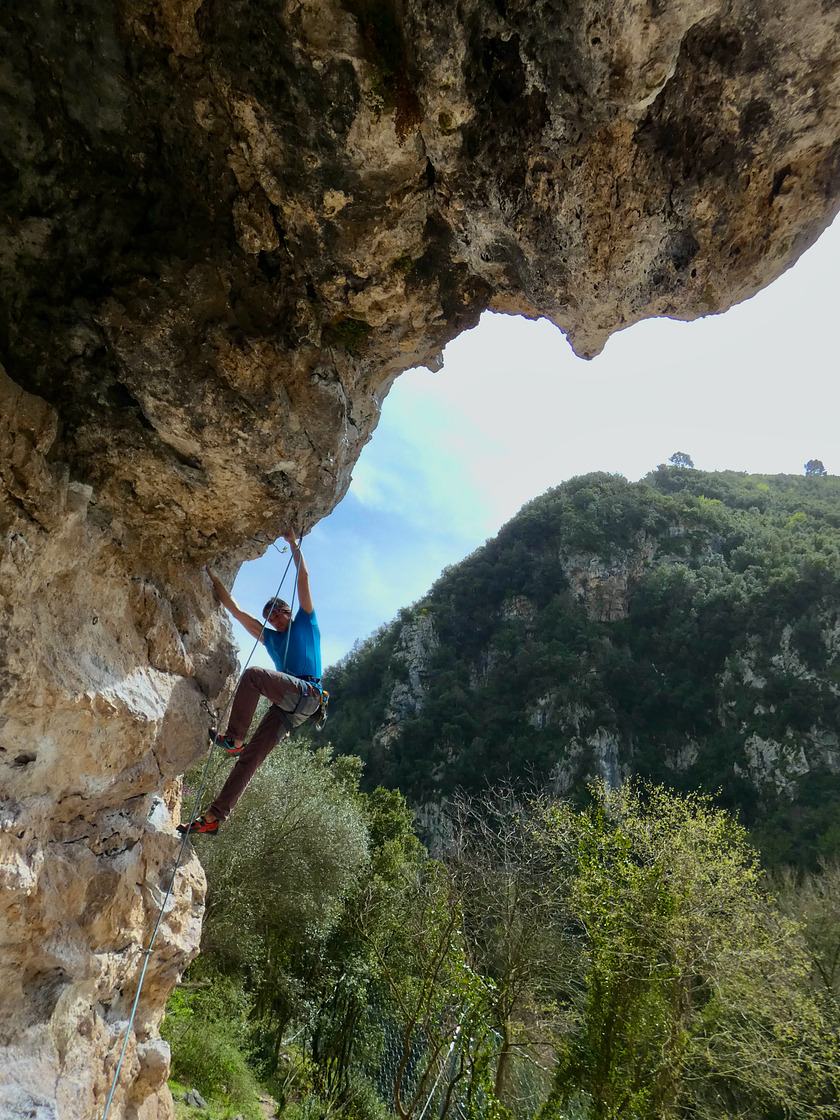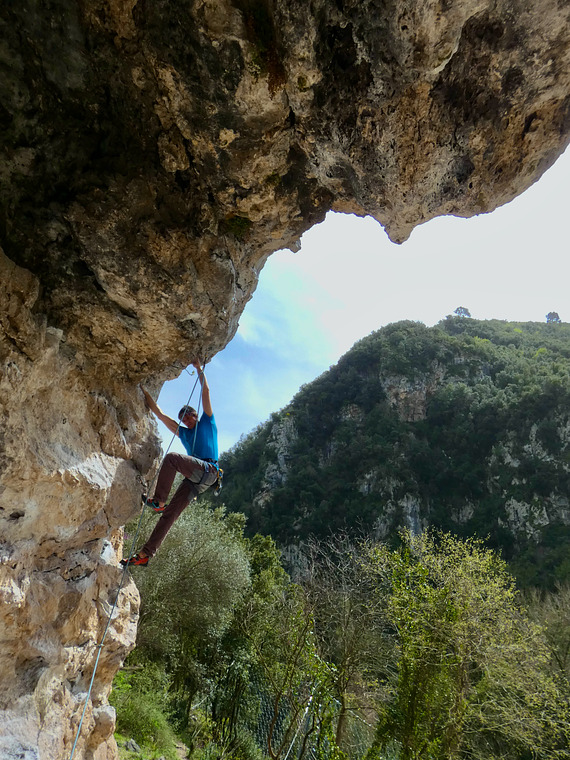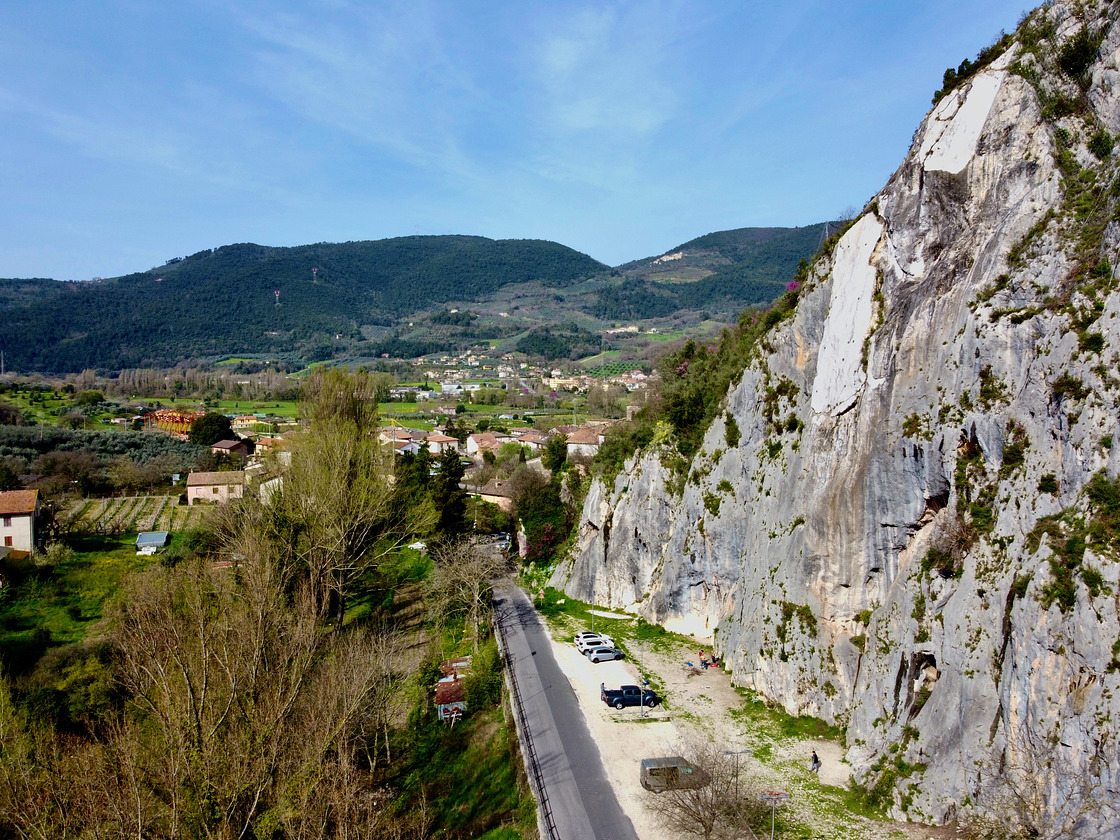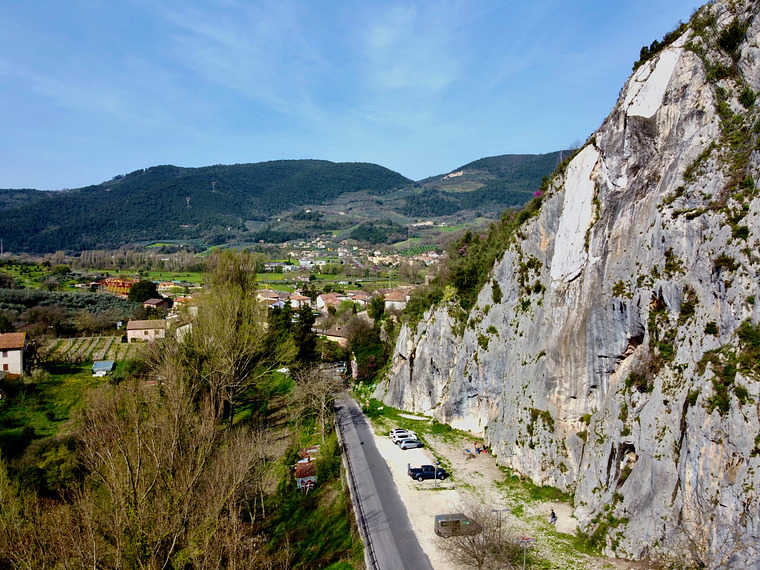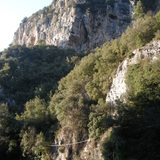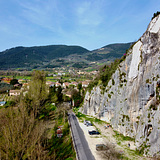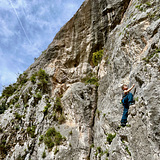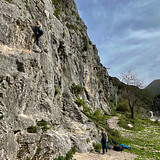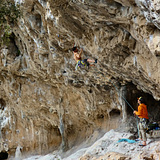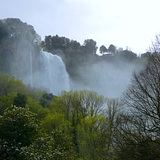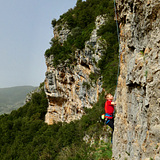• L’isola
🚶♂️ 1' - ⛰️ 260 MSL - 🧭 S
☀️ All day long / Tutto il giorno
• Le mummie
🚶♂️ 5' - ⛰️ 270 MSL - 🧭 S
☀️ All day long / Tutto il giorno
• Il balcone
🚶♂️ 5' - ⛰️ 340 MSL - 🧭 S
☀️ All day long / Tutto il giorno
• Lu strittu
🚶♂️ 5' - ⛰️ 340 MSL - 🧭 S
☀️ All day long / Tutto il giorno
• Gabbio
🚶♂️ 12' - ⛰️ 500 MSL - 🧭 SW
☀️ From mid morning onwards / Dalla metà mattinata in avanti
• Curva di Gabbio
🚶♂️ 4' - ⛰️ 400 MSL - 🧭 SW
☀️ From late morning onwards / Dalla tarda mattinata in avanti
• San Lorenzo first sector
🚶♂️ 5' - ⛰️ 270 MSL - 🧭 N / NE / E
☀️ Some walls are shaded, other get sun during the morning / Alcune pareti sono ombreggiate, altre restano al sole durante la mattina
• San Lorenzo second sector
🚶♂️ 7' - ⛰️ 280 MSL - 🧭 N / NE / E
☀️ Some walls are shaded, other get sun during the morning / Alcune pareti sono ombreggiate, altre restano al sole durante la mattina
• Masso
🚶♂️ 6' - ⛰️ 270 MSL - 🧭 E
☀️ During the morning / Durante la mattinata
• Torre bianca
🚶♂️ 6' - ⛰️ 280 MSL - 🧭 N / NE / E
☀️ Some walls are shaded, other get sun during the morning / Alcune pareti sono ombreggiate, altre restano al sole durante la mattina
🇬🇧/🇺🇸
The climbing area of Ferentillo, located in Valnerina near the center of the village, is one of the premier crags in Umbria and Italy. Its offer of a wide range of routes of varying difficulties, all well-maintained by the local municipality, is a real dream for climbers. Climbers of all levels can find something to enjoy, from slabs to steep overhangs with tufas. The routes are spread across three main areas: Ferentillo classica, Gabbio, and San Lorenzo.
Let’s start from Ferentillo classica, which comprises four sectors:
• L’Isola sector is very accessible, with a flat base and no approach from the car park. It suits beginners but also has some challenging lines. It features nearly 50 routes ranging from 4c to 7c, including a difficult 8b+ freed by Mauro Calibani. The walls are mostly slabs or vertical with few overhanging sections. Recently installed rockfall nets have made some multi-pitches unclimbable, and the first bolts on some routes may be high.
• Mummie is an historic wall with almost 100 routes of varying difficulties, mostly easy. It includes slabs, some overhangs, and multi-pitches. Frequent use has polished some routes, but the rock on multi-pitches remains good. The approach is short, just a few minutes from L’Isola.
• Balcone is a stunning overhanging wall with solid reddish rock and many tufas, featuring nearly 100 lines from 5c to 8b+. The spectacular views and the excellent protections make Balcone one of the best sectors of Ferentillo.
• Lu Strittu is a small, easy sector with 15 lines ranging from 4c to 6c, offering the best views in Ferentillo classica.
Gabbio is the area located behind the medieval village, consisting of:
• Gabbio sector, a large cave with rock featuring pockets and tufas. It offers over 40 routes, including some of the hardest in Ferentillo, ranging from 6a to around 8c. The protections are solid, and the landscape is magnificent.
• Curva di Gabbio has ten lines on a slightly overhanging wall with good rock, ranging from 6b+ to 8b+.
Ferentillo classica and Gabbio sectors generally face south, making them ideal for winter climbing.
The next sectors are grouped in the area of San Lorenzo, suitable for mid-season climbing due to its east exposure and tree cover. Approaches are short, and climbers are asked to respect the trails and crag base as they are on private land.
• San Lorenzo first sector features 18 juggy and easy lines, mainly in the 4-6 grade range, though the rock quality is not the best.
• San Lorenzo second sector is known for its vertical wall with many tiny tufas, it has 19 routes ranging from 5c to 7b+.
• Masso is a large boulder with four short, hard lines.
• Torre Bianca is a recent sector with eight lines from 5b+ to 7a+ on an overhanging wall with crimps and tufas.
Climbing descriptions are over, but beyond climbing, the area offers various attractions. Visitors can explore the mummy museum, visit the historic city of Assisi, and see the Marmore waterfalls, among the highest in Europe and built by the Romans in the 3rd century BC.
🇮🇹
L'area di arrampicata di Ferentillo, situata in Valnerina vicino al centro del paese, è una delle falesie principali dell'Umbria e dell'Italia. La vasta gamma di vie di ogni difficoltà, tutte ben mantenute dal comune, è un vero sogno per gli arrampicatori. Arrampicatori di tutti i livelli possono trovare qualcosa con cui divertirsi, dalle placche agli strapiombi a buchi e canne. Le vie sono distribuite in tre aree principali: Ferentillo classica, Gabbio e San Lorenzo.
Iniziamo da Ferentillo classica, che comprende quattro settori:
• Il settore L'Isola è molto accessibile, con una base pianeggiante e con un avvicinamento dal parcheggio pari a zero. È adatto ai principianti ma ha anche alcune linee impegnative. Ci sono quasi 50 vie che vanno dal 4c al 7c, compreso un difficile 8b+ liberato da Mauro Calibani. Le pareti sono per lo più placche appoggiate o verticali con pochi tratti strapiombanti. Le reti paramassi installate di recente hanno reso alcune vie multipitch inarrampicabili, e i primi spit su alcune vie possono risultare alti.
• Mummie è una parete storica con quasi 100 vie di varia difficoltà, per lo più facili. Include placche, alcuni strapiombi e multipitch. L'uso frequente ha consumato le prese di molte vie, ma la roccia nelle multipitch rimane ottima. L'avvicinamento è breve, solo pochi minuti da L'Isola.
• Balcone è una splendida parete strapiombante con solida roccia rossastra e molte canne, con quasi 100 vie dal 5c all'8b+. Le viste spettacolari e le ottime protezioni rendono Balcone uno dei migliori settori di Ferentillo.
• Lu Strittu è un piccolo settore facile con 15 vie che vanno dal 4c al 6c, che offre i migliori panorami di Ferentillo classica.
Gabbio è l'area situata dietro il villaggio medievale, composta da:
• Settore Gabbio, una grande grotta con roccia a buchi e canne. Offre oltre 40 vie, comprese alcune delle più difficili di Ferentillo, che vanno dal 6a a circa 8c. Le protezioni sono ottime e il paesaggio è magnifico.
• Curva di Gabbio ha dieci vie su una parete leggermente strapiombante con roccia di ottima qualità, che vanno dal 6b+ all'8b+.
I settori di Ferentillo classica e Gabbio sono principalmente esposti a sud, cosa che li rende ideali per l'arrampicata invernale.
I settori seguenti sono raggruppati nell'area di San Lorenzo, adatta per l'arrampicata durante le mezze stagioni grazie alla sua esposizione a est e all’ombra degli alberi. Gli avvicinamenti sono brevi. Vi invitiamo a rispettare i sentieri e la base della falesia in quanto quest’area si trova su terreni privati.
• San Lorenzo first sector raggruppa 18 vie con buone prese, principalmente nel range di difficoltà 4-6, anche se la qualità della roccia non è delle migliori.
• San Lorenzo second sector è noto per la sua parete verticale con piccole cannette, ha 19 vie che vanno dal 5c al 7b+.
• Masso è un grande masso con quattro vie brevi e difficili.
• Torre Bianca è un settore recente con otto vie dal 5b+ al 7a+ su una parete strapiombante con tacche e canne.
Le descrizioni delle vie di arrampicata sono finite, ma oltre all'arrampicata, l'area offre varie attrazioni. I visitatori possono esplorare il museo delle mummie, visitare la storica città di Assisi e vedere le cascate delle Marmore, tra le più alte d'Europa e costruite dai Romani nel III secolo a.C.
